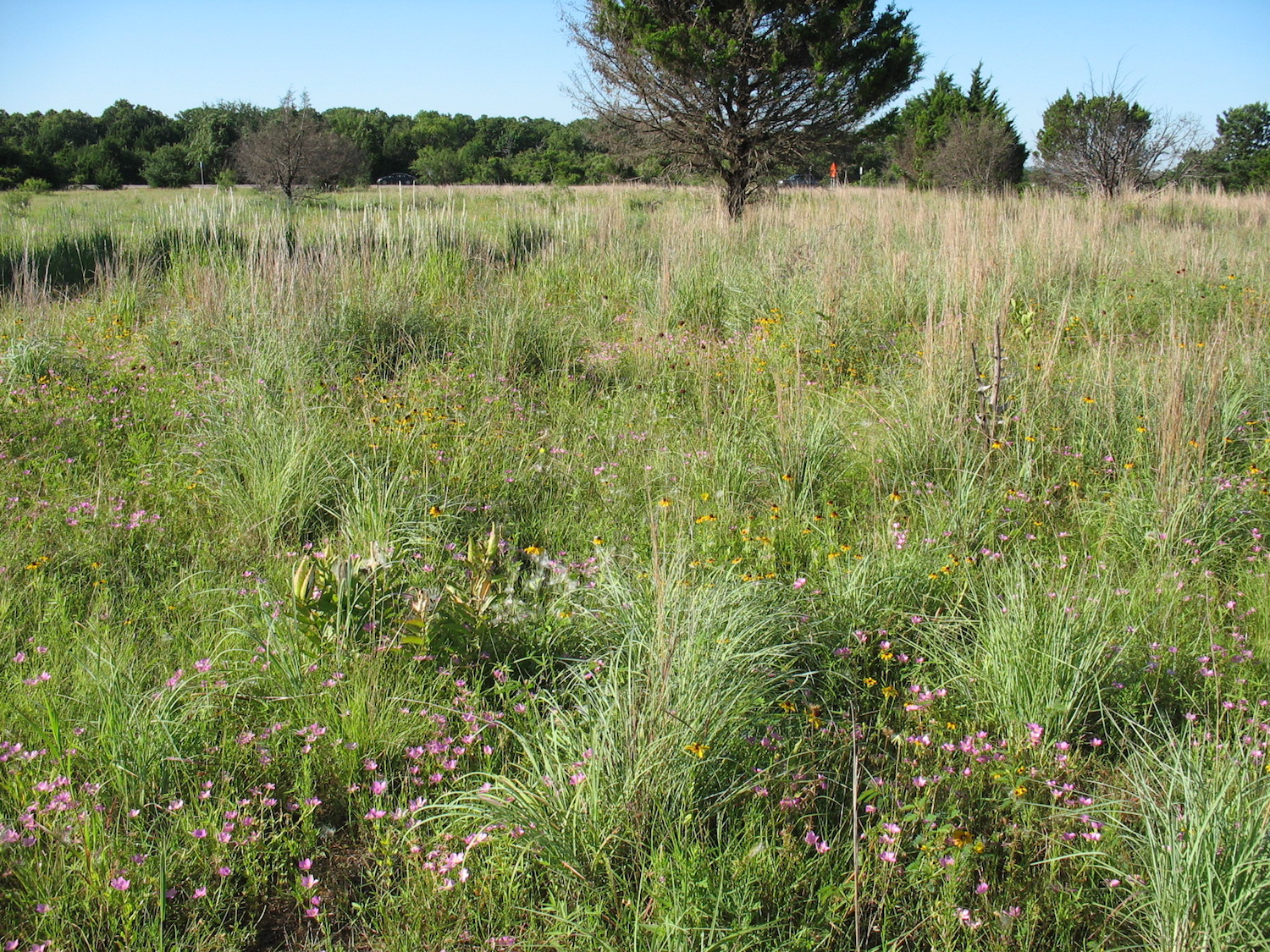Grasslands are important habitat for many pollinators, who depend on the floral resources they provide. In the Cross Timbers ecoregion of northern Texas and southern Oklahoma, such grasslands are rapidly disappearing due in part to fire suppression and the spread of invasive grasses. In early 2018 we implemented restoration at 10 sites across this region via prescribed fires and wildflower seeding. We aimed to reduce encroachment by trees and to remove grass cover to provide space for diverse flowering plants and native grasses to establish. This project is assessing how such restoration impacts diverse pollinators, including bees, beetles, butterflies, flies and wasps. We are interested in how plant community changes and alteration of shelter resources (e.g., open ground for ground-nesting bees) change both pollinator biodiversity and plant visitation networks within the restored areas.
Read a write-up of the project in the Sherman-Denison Herald Democrat.
Want to help ID the plants and insects we are seeing? Follow our iNaturalist project!
Collaborators: Kristen Baum, Sean Griffin, Shalene Jha
Photos from the field
Preparing to net pollinators:
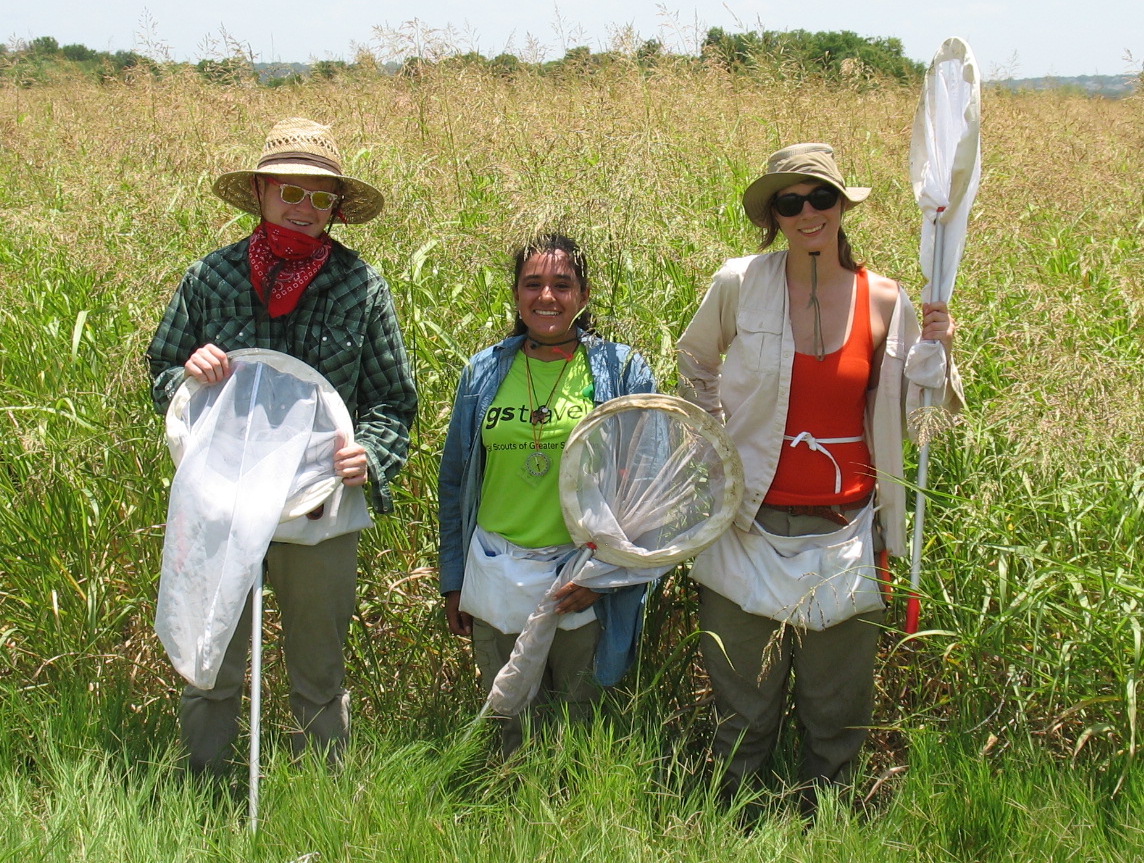
Measuring floral abundance and ground cover:
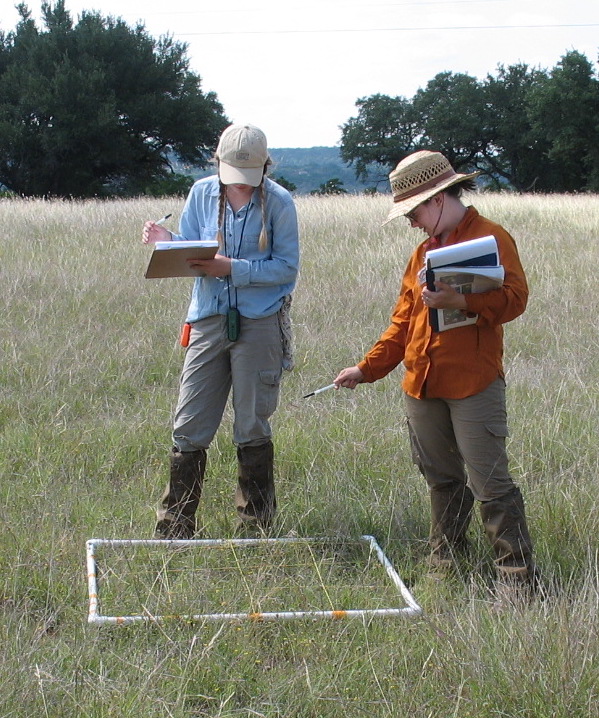
Identifying pollinators in the lab:

Implementing restoration through a prescribed burn:
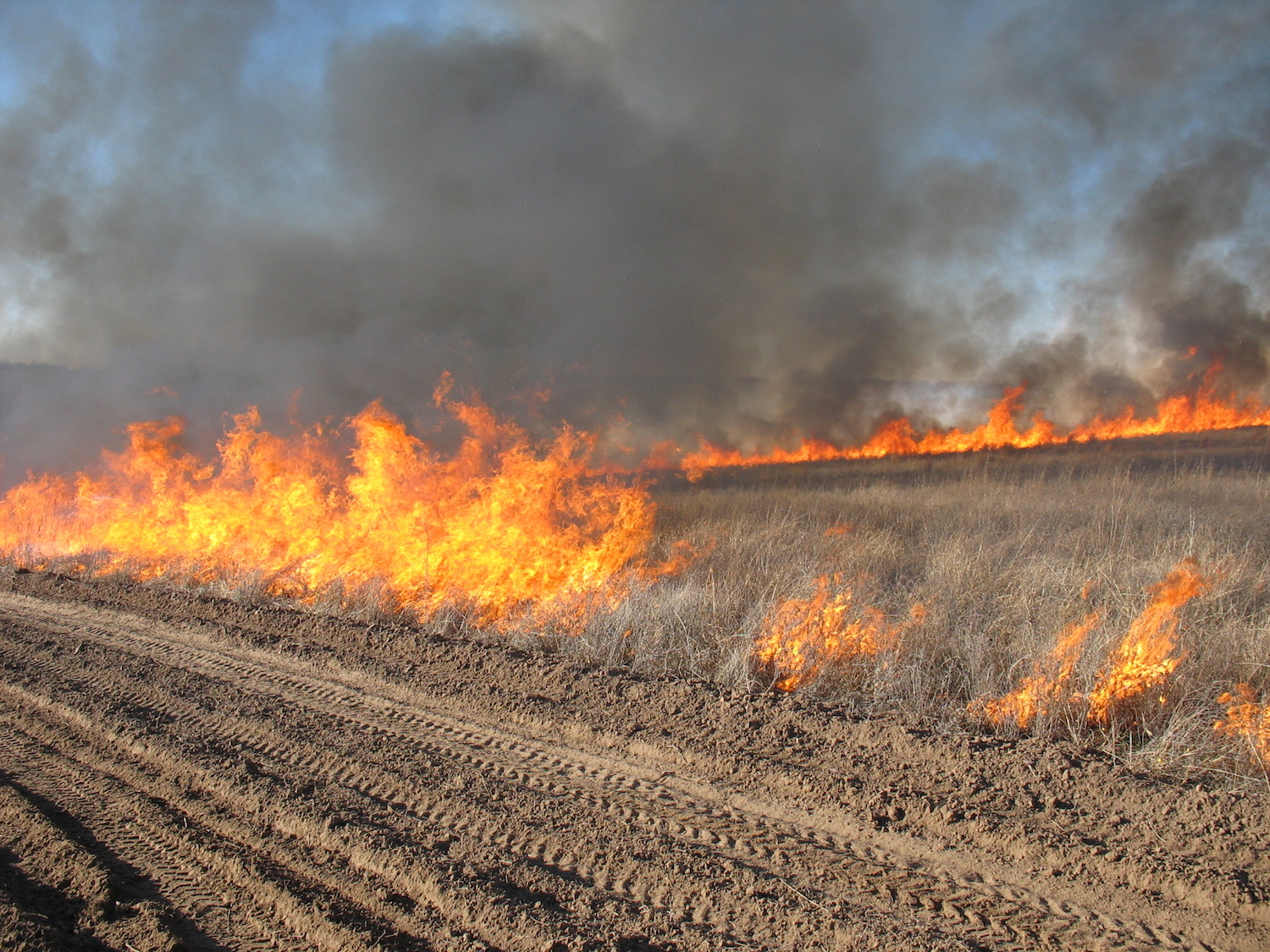
Field just after burning:
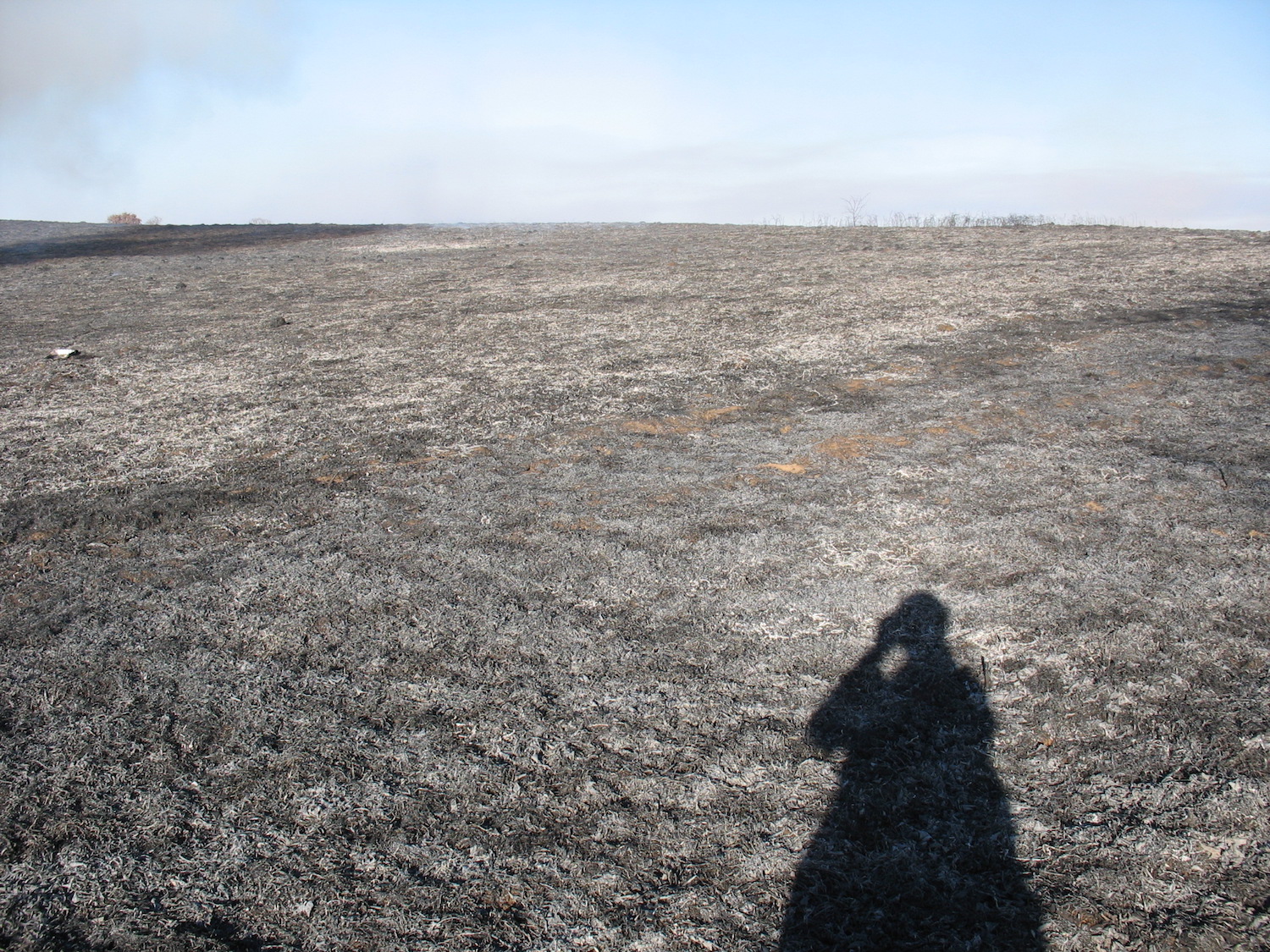
Wildflower seed mix:

2019 spring rains led to high floral abundance at our burned sites:

